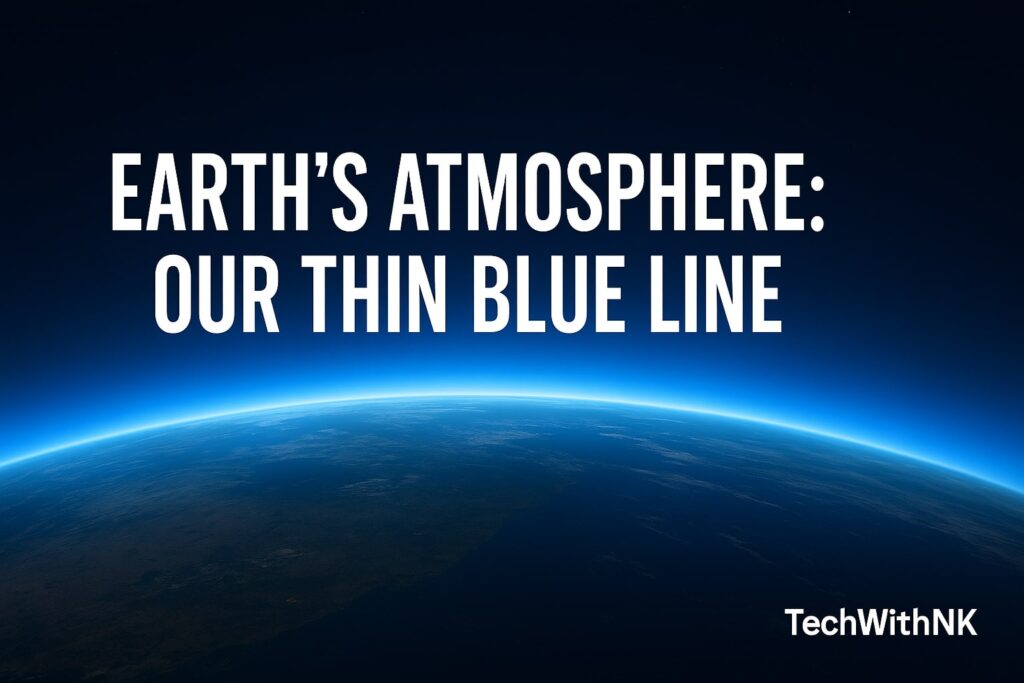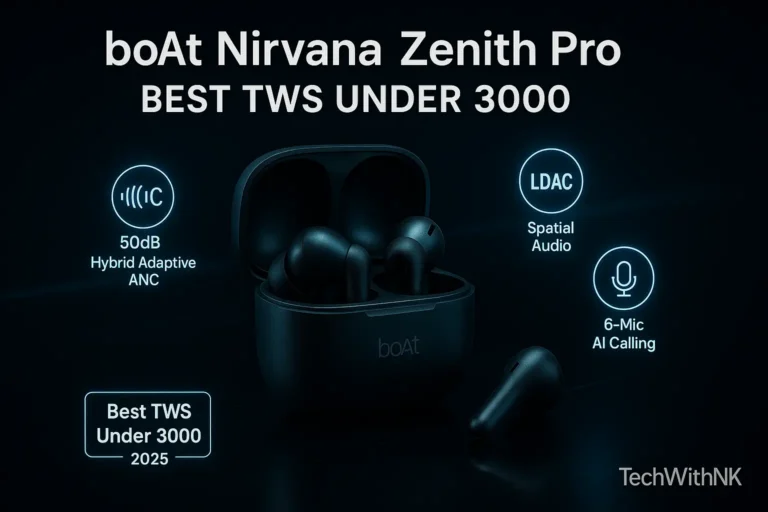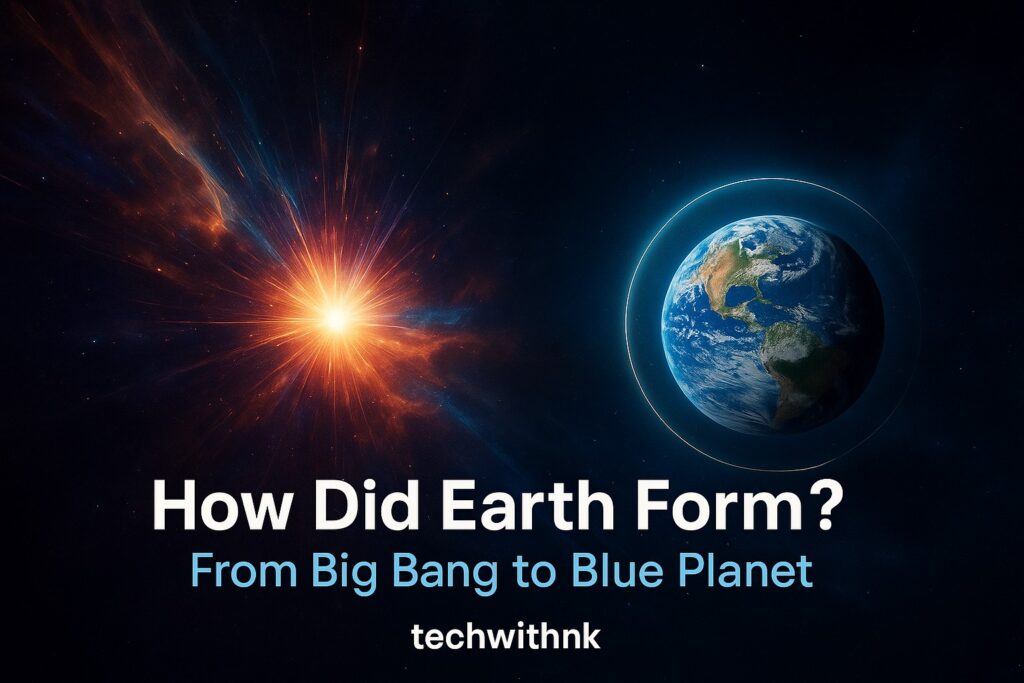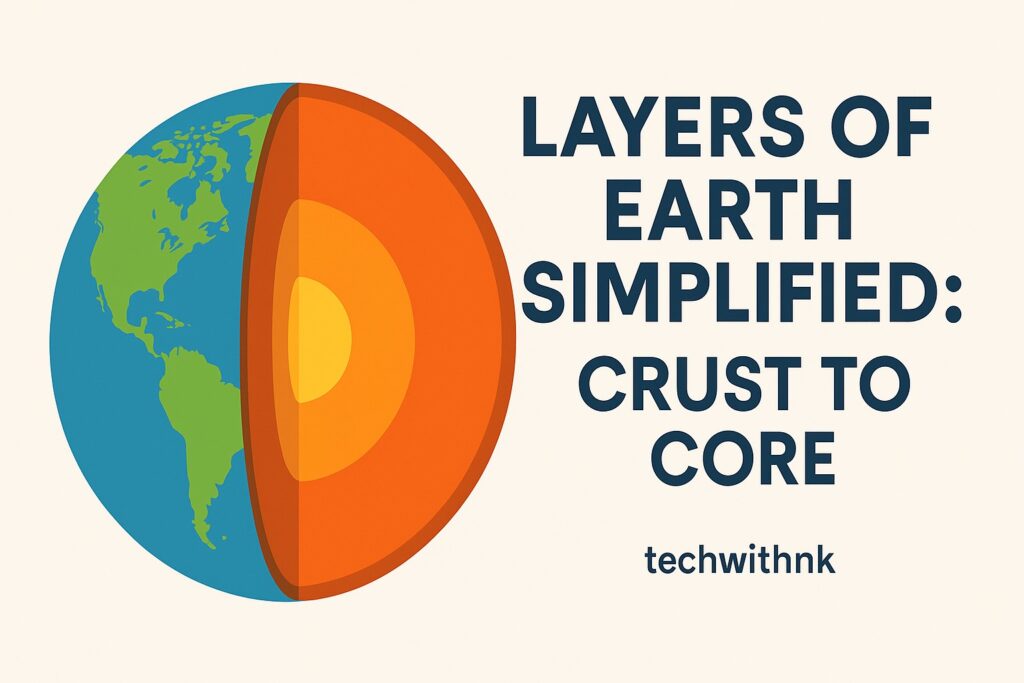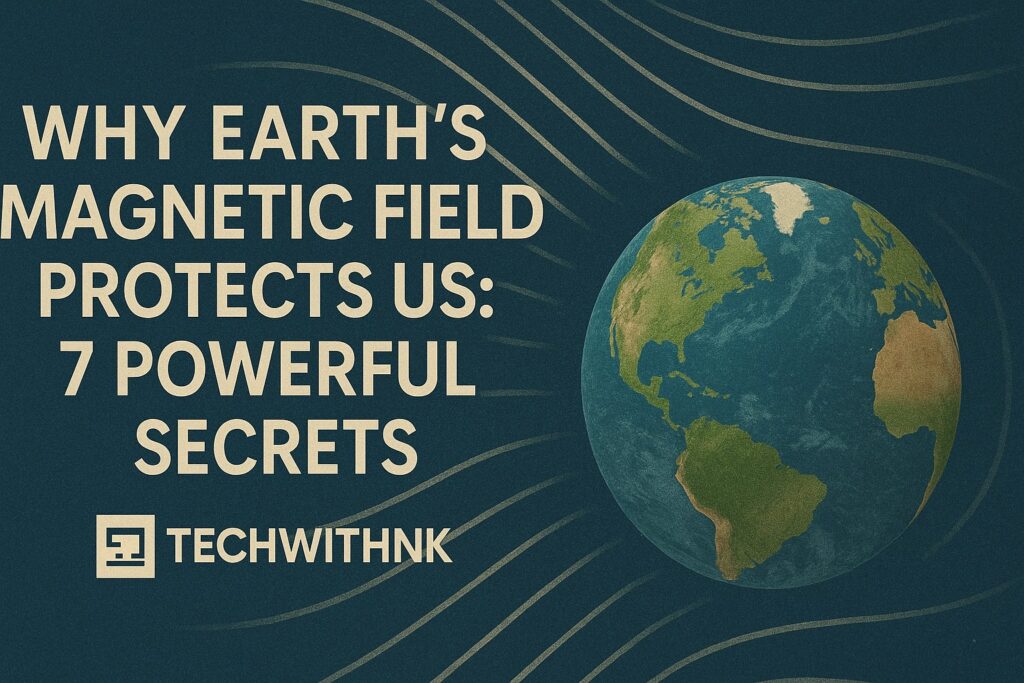Table of Contents
Toggle🌐 Earths atmosphere: Why Call It the “Thin Blue Line”?
From space, Earth is a glowing blue ball wrapped in a delicate bluish halo—that halo is our earths atmosphere. Astronauts refer to it as the “thin blue line” because it looks so fragile against the black backdrop of space. Despite its thinness, this atmospheric layer protects all life, moderates temperature, filters radiation, and enables weather.
But this protective shield is under threat—from pollution, deforestation, greenhouse gases, and ozone depletion. This blog dives deep into the science, structure, functions, and challenges of Earth’s atmosphere—explained in simple and engaging language.
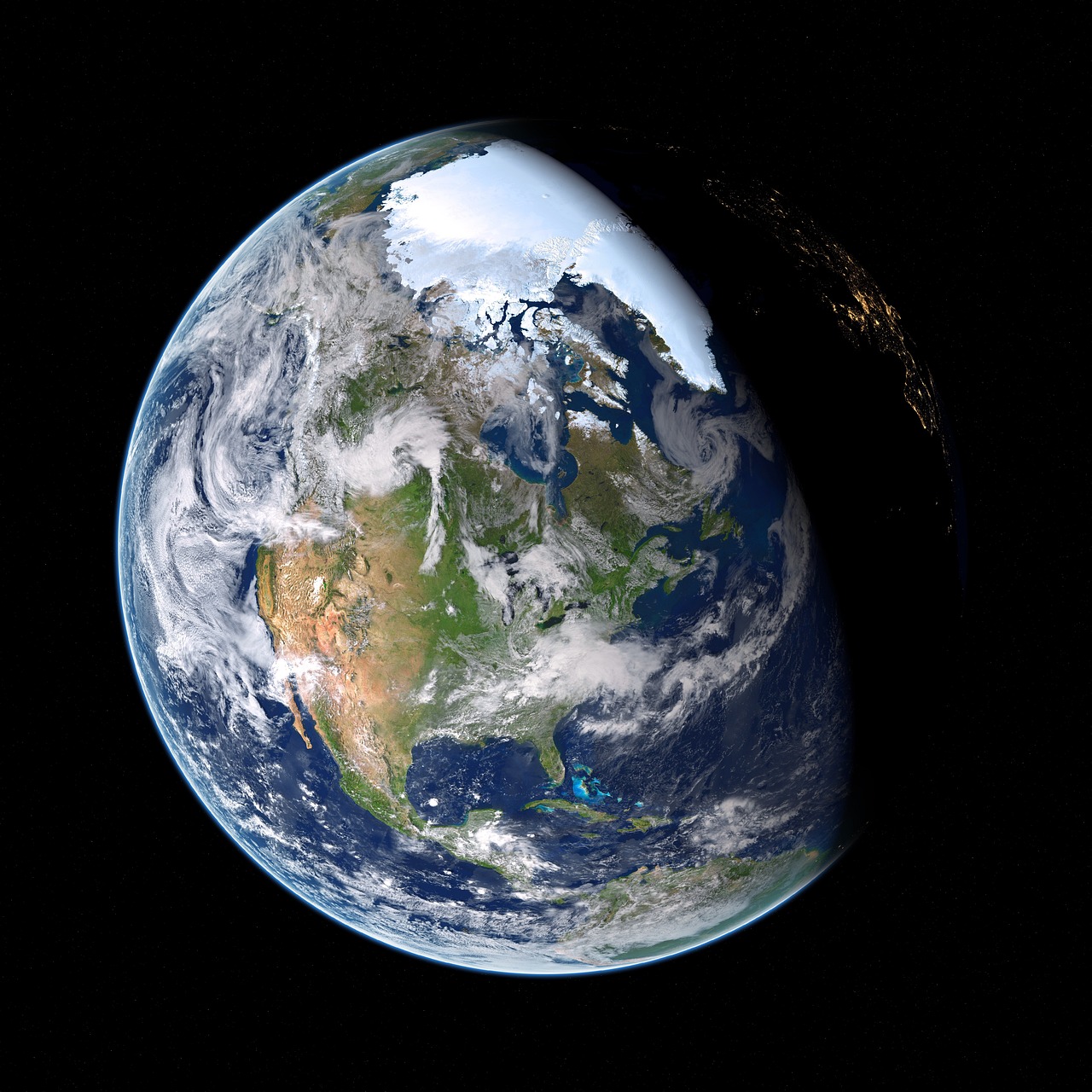
☁️ What Is the Earths Atmosphere?
The Earths atmosphere is a mixture of gases that surrounds our planet and is held in place by gravity. It protects life by absorbing ultraviolet solar radiation, warming the surface through heat retention (greenhouse effect), and reducing temperature extremes between day and night.
Although the atmosphere stretches over 10,000 kilometers into space, 90% of its mass is within the first 16 kilometers, making it incredibly thin relative to the Earths size.
🧪 Atmospheric Composition
Here’s what makes up the air we breathe:
| Gas | Percentage by Volume |
|---|---|
| Nitrogen (N₂) | 78.08% |
| Oxygen (O₂) | 20.95% |
| Argon (Ar) | 0.93% |
| Carbon Dioxide (CO₂) | 0.04% |
| Others (neon, helium, methane, water vapor, etc.) | Trace amounts |
💡 Did You Know?
Though CO₂ is only 0.04%, it plays a huge role in climate change.
Water vapor varies by location and altitude, contributing to clouds and rain.
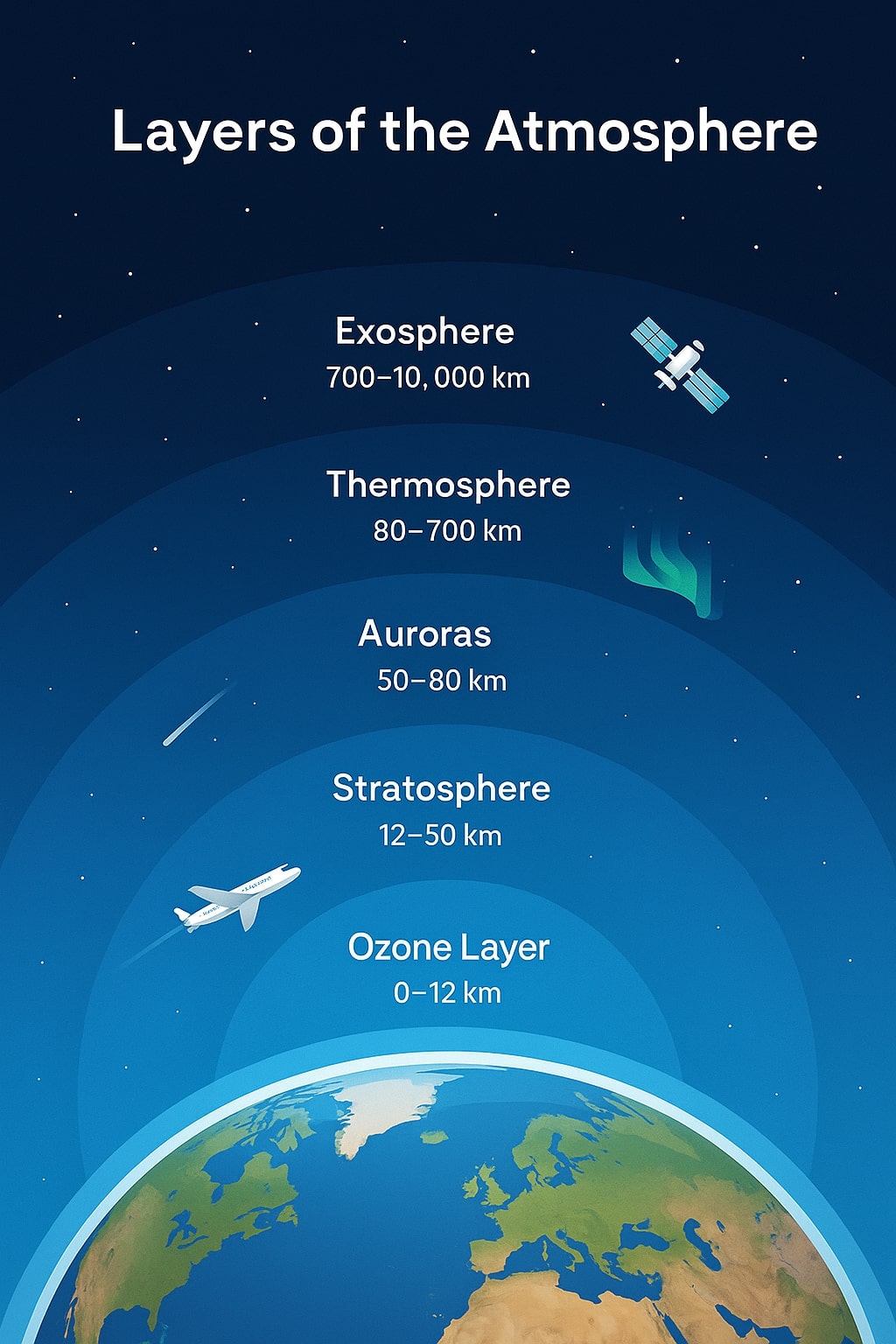
🏗️ The Five Layers of Earths Atmosphere
The atmosphere is divided into five major layers, based on temperature changes and composition:
1. 🌦️ Troposphere (0–12 km)
Closest to Earth; where all weather occurs
Contains 75% of atmospheric mass
Temperature decreases with altitude
Home to clouds, storms, winds, and jet streams
Fun Fact: Mt. Everest reaches the upper boundary of the troposphere!
2. ☀️ Stratosphere (12–50 km)
Contains the ozone layer, which absorbs harmful UV rays
Temperature increases with altitude due to ozone activity
Jet aircraft and weather balloons operate here
Interesting: The air is stable, making it ideal for long-distance flight.
3. ☄️ Mesosphere (50–80 km)
Coldest atmospheric layer
Protects Earth by burning up meteors
Less understood due to difficulty in reaching this layer
Temperature: Can fall to –90°C
4. 🌌 Thermosphere (80–700 km)
Temperatures can exceed 2,000°C
Thin air, but energetic particles
Auroras (Northern & Southern Lights) occur here
International Space Station orbits in this layer
5. 🚀 Exosphere (700–10,000 km)
Outermost layer
Merges into outer space
Contains very few particles—mostly hydrogen and helium
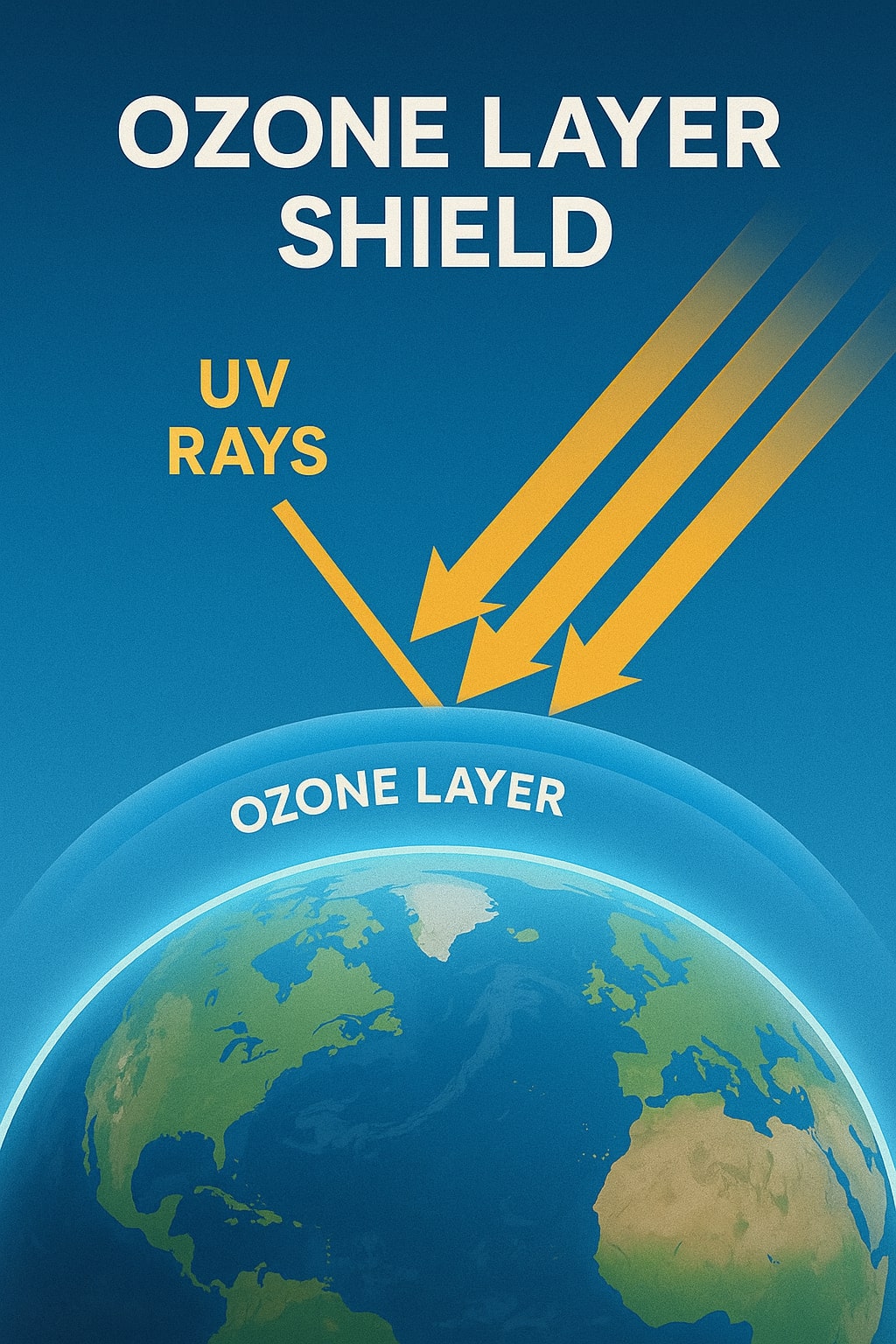
🛡️ Why Is the Earths Atmosphere So Important?
The atmosphere is more than just “air”; it’s life support, weather machine, and cosmic shield.
🔹 1. Breath of Life
Without oxygen, no complex life could survive. The atmosphere ensures a stable composition of gases necessary for life.
🔹 2. Radiation Shield
The ozone layer filters ultraviolet radiation, preventing cancer and protecting ecosystems.
🔹 3. Temperature Regulator
Via the greenhouse effect, it maintains Earth’s habitable temperature, preventing extreme cold or heat.
🔹 4. Weather and Water Cycle
The troposphere enables the hydrological cycle—evaporation, cloud formation, and rainfall.
🔹 5. Protection from Space Debris
Meteoroids burn up in the mesosphere, shielding Earth from constant impacts.
🌍 Visualizing the Thin Blue Line
From the ISS, astronauts can see Earths atmosphere as a paper-thin band—barely clinging to our world.
This gives a striking visual reminder: the atmosphere is both fragile and finite. It deserves protection.
🚨 Threats to the Atmosphere
Despite its strength, our atmosphere is vulnerable to human activity:
🔥 1. Greenhouse Gas Emissions
Burning fossil fuels releases CO₂ and methane, trapping heat and accelerating climate change.
🌫️ 2. Air Pollution
Particulates from industries and vehicles degrade air quality, harming lungs, crops, and ecosystems.
🧪 3. Ozone Depletion
CFCs used in refrigerants and aerosols destroy ozone molecules, leading to ozone holes—especially over Antarctica.
🌡️ 4. Global Warming
Excess greenhouse gases cause glaciers to melt, sea levels to rise, and increase extreme weather.
🌳 5. Deforestation
Less forest = less carbon absorption = more CO₂ in the atmosphere.

🔄 Atmospheric Circulation & Weather
🔁 Wind Belts
Atmospheric movement creates wind belts like:
Trade Winds (near equator)
Westerlies (mid-latitudes)
Polar Easterlies (poles)
🌎 Jet Streams
Fast-flowing air currents that influence storm systems and flight paths.
🌪️ Weather Systems
Interaction between warm and cold air masses leads to storms, cyclones, and monsoons.
🛰️ Human Monitoring of the Atmosphere
Scientists use:
Weather balloons
Satellites
Drones
Spectrometers
These tools help monitor:
Ozone thickness
CO₂ levels
Weather patterns
UV radiation
🧬 The Role of the Earths Atmosphere in Evolution
Early Earth had a toxic atmosphere (methane, ammonia)
Photosynthetic bacteria added oxygen, leading to the Great Oxygenation Event
Enabled development of complex life
The atmosphere didn’t just support life—it helped create it.
🧠 Conclusion: Protecting Our Thin Blue Line
Our atmosphere has enabled 4.5 billion years of evolution, yet its future lies in our hands. It is vulnerable to pollution, climate manipulation, and ignorance.
We must:
Reduce carbon emissions
Plant more trees
Limit use of aerosols
Promote renewable energy
Every breath we take is a gift from this thin blue line. Let’s respect it, protect it, and teach others why it matters.
Why is Earths atmosphere called the “thin blue line”?
From space, Earth’s atmosphere appears as a delicate blue haze, symbolizing both its fragility and life-supporting power.
What gases make up the atmosphere?
Mainly nitrogen (78%), oxygen (21%), and trace gases like argon and CO₂.
What is the importance of the ozone layer?
It protects life by absorbing UV radiation that would otherwise cause skin cancer, crop damage, and harm to marine life.

